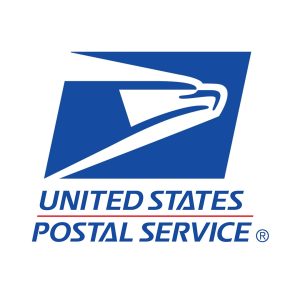
USPS Is Under Attack – What It Means for Voting, Small Businesses & Your Everyday Life – Less Accessibility For Sure! Did you see the news today February 23, 2025? ...

Buy A Brand New Hearing Aid and You Will Hear Better! Or Will you? Manufacturers of hearing aids have gotten so good at kicking out new and “better” technology that ...
What Happened to Our Oticon Account? It’s with a heavy heart that we announce the closing of our Oticon account. Oticon, a well-known hearing aid manufacturer, has a strict policy ...

Hear More, Save More: The Ears-istible Rewards of Our Membership Program! Unlock ear-resistible savings, hearing aid discounts, perks, and more with Hears Hearing & Hearables! Join our fun and rewarding ...

Why Should I buy From a Small Business Instead of Amazon? In today’s world, shopping on Amazon has become part of our social fabric, second nature for many of us. ...

Discover the Best Deals on Hearing Aids: The Hears Hearing & Hearables Way Who doesn’t love a good sale? The thrill of finding that perfect item at a discounted price ...

A Review of the Movie Thelma by an Audiologist Who Works with Seniors So, watched the movie Thelma and it was like seeing many of my clients on screen. Many, ...

In today’s digital age, security is paramount. Whether you’re a government agency, a corporate entity, or an individual concerned about privacy, safeguarding sensitive information is crucial. This is where SCIF ...

When I recently purchased my new phone, I was surprised to find that it didn’t come with a wall charger. The person at the phone store advised me to buy ...

Transparency in Healthcare Costs and Fees for Service: Separating Products from Service Charges In today’s world, transparency is a fundamental aspect of any transaction or service. Consumers value knowing the ...
Powered By SinglerDesign.com